Even a single piece of glass can tell a story. A flaked glass tool recovered during 2011 archaeological excavations at the Brafferton Indian School at William & Mary is a perfect example.
The Brafferton was established in 1723 for the purpose of anglicizing American Indian boys, but the tool revealed that the students did not necessarily leave behind lessons learned at home.
There are more than 60 million archaeological artifacts in the Art Museums of Colonial Williamsburg collections. Those pieces, along with architectural fragments and fine, decorative, mechanical and folk art, tell stories of times, places and people. Each speaks to curators in different ways, as the glass tool speaks to Kelly Ladd-Kostro, associate curator of archaeological research.
Ladd-Kostro and her fellow curators document the history of the objects and choose which to put on public display. Some objects stand out because of their history or their aesthetics, because of how they were acquired or their connection to Williamsburg. These are just a few of their favorites.
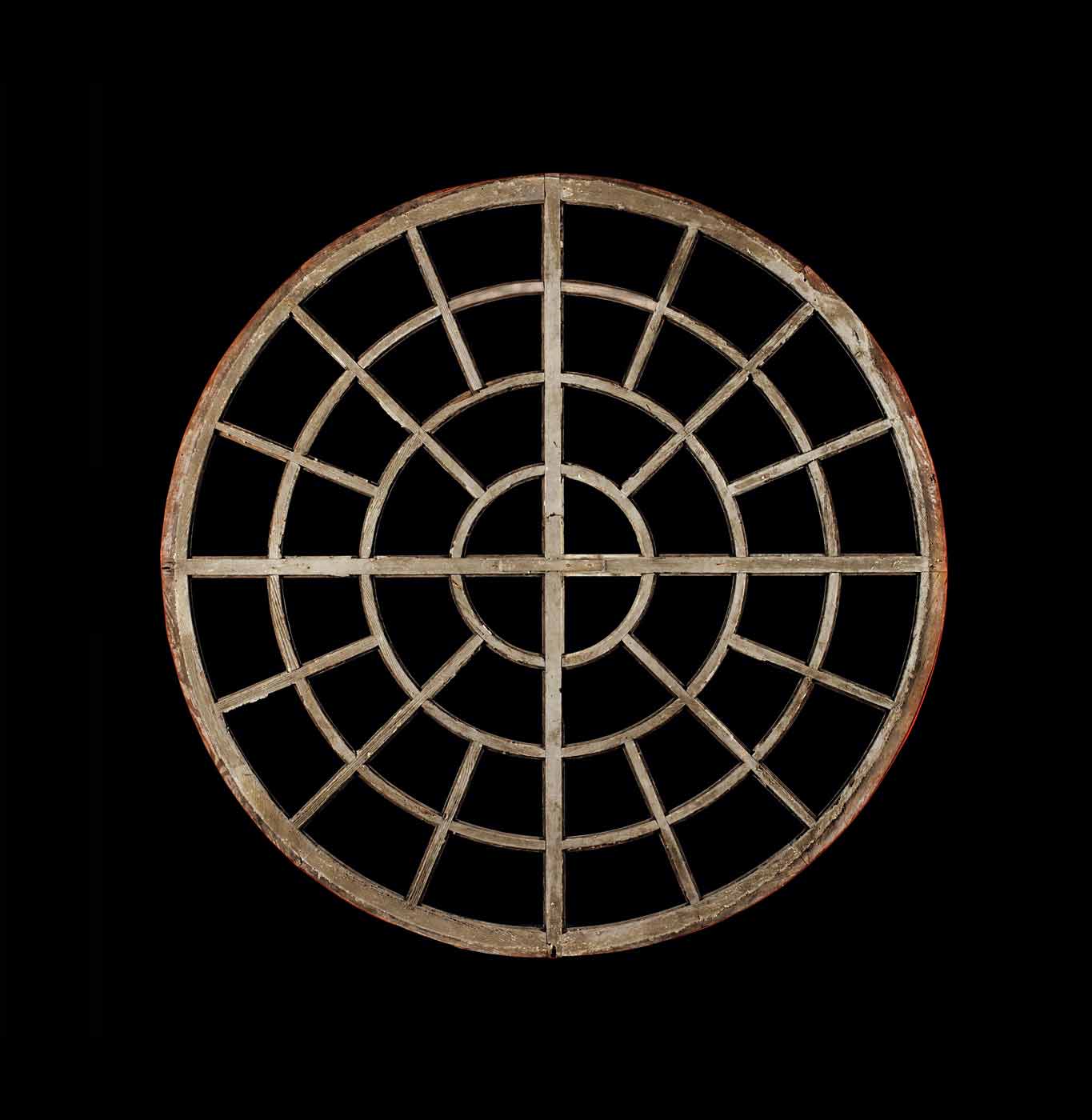
Bruton Parish Church Large Circular Window
“Usually architectural elements are lost when they are removed. This incredible window is a rare survivor.” – Dani Jaworski, associate curator of architectural collections
Installed during the early 1750s enlargement of Bruton Parish Church, the window was removed in 1907. It retains almost all of its original wooden and iron components.

Native American Tool
“I wonder if a boy was practicing skills he had been taught at home and remembering life as he had once known it to be.” – Kelly Ladd-Kostro, associate curator of archaeological research
A knapped glass tool, made from the base of a broken English leaded wine glass, was found during excavations of the Brafferton Indian School. The site is one of few where recovered artifacts speak to the significant presence of Native Americans in Williamsburg.
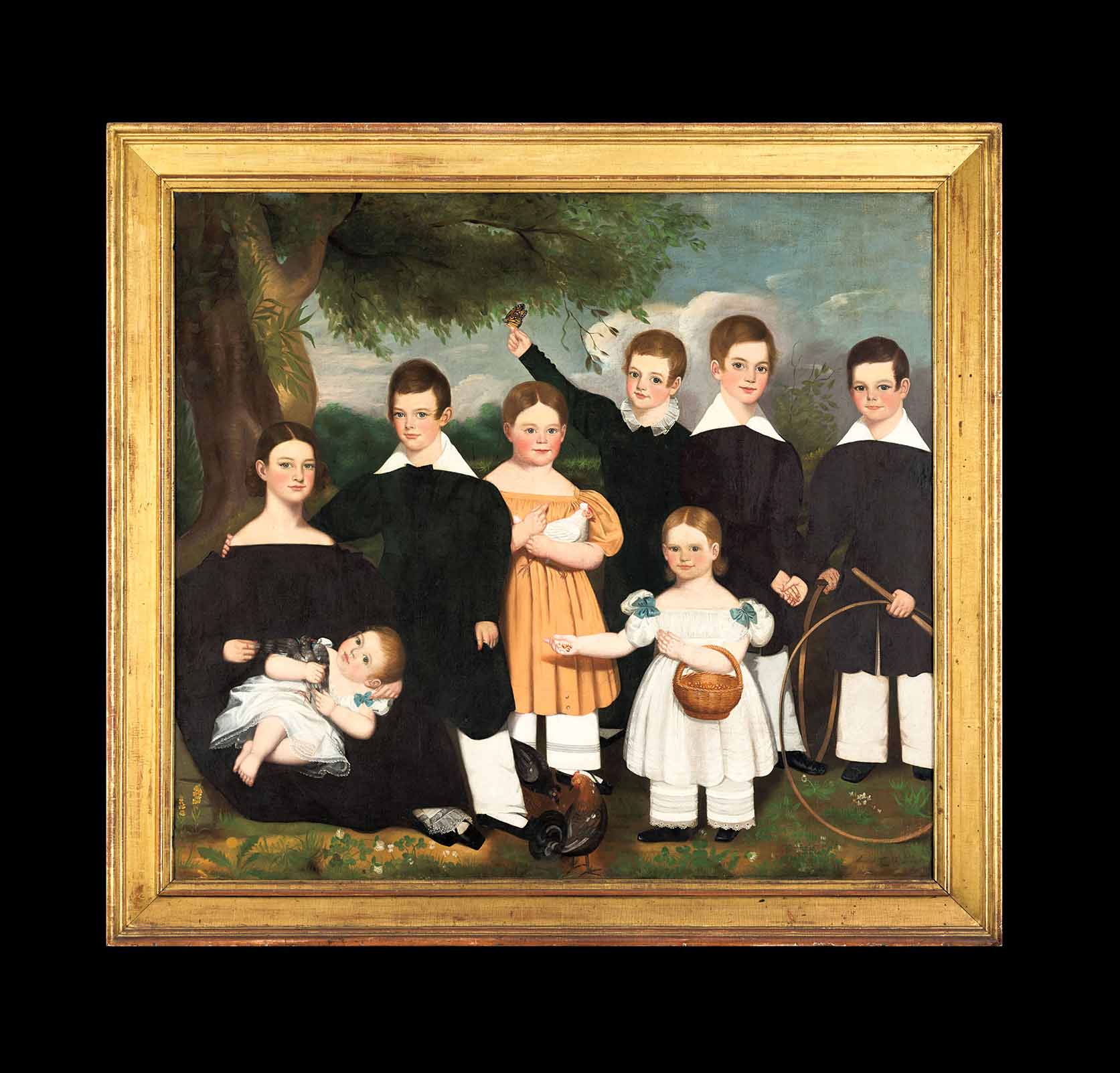
Portrait of the Jennison Children
“This portrait is a wonderful record of daily life in as much as it is a celebration of family.” — Laura Barry, Juli Grainger, curator of paintings, drawings and sculpture
Jefferson Gauntt’s 1836 portrait captures a moment in time. The younger children are feeding the chickens from their basket of dried corn, the eldest daughter is watching an infant sibling, and the boys pause momentarily from their game of hoop and stick.
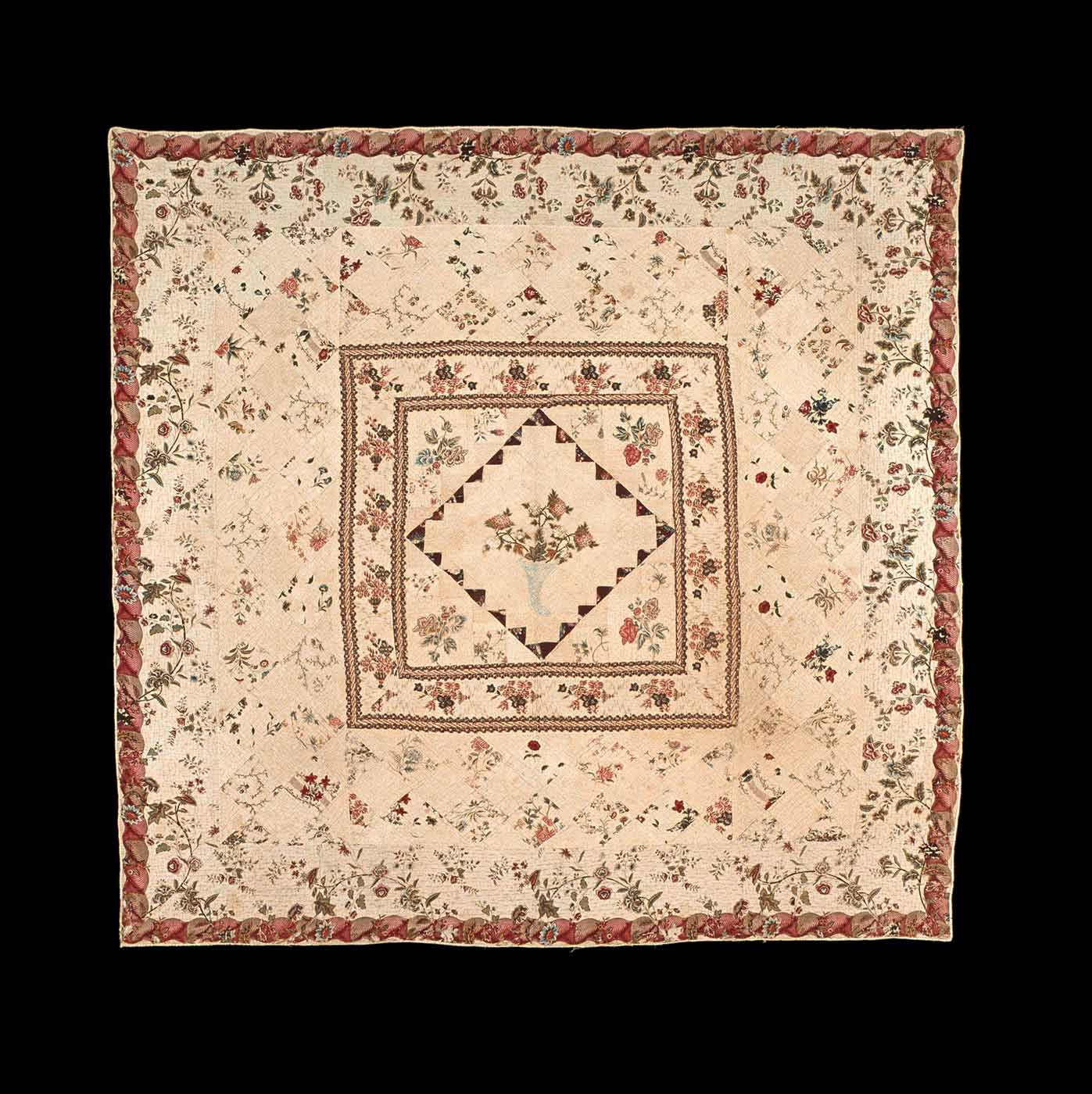
Appliqued, Pieced and Embroidered Quilt
“That Mary found the time and energy to stitch such an intricate quilt while raising 15 children is remarkable.” — Kim Ivey, senior curator of textiles
The embroidered quilt, made around 1790 by Mary W. Taylor Galt, is one of few textiles in the collection made by an 18th-century Williamsburg resident. Like many early Virginia quilts, it is in a framed center medallion format.

Cup and Saucer
“Tea always tastes better out of porcelain. And I imagine our 18th-century Williamsburg residents would agree!” — Angelika R. Kuettner, associate curator of ceramics and glass
Archaeological digs in Williamsburg uncovered fragments of a teacup identical to this intact one. An example of the global transmission of style, the circa 1750 cup and saucer bear a swirl motif that was first popular in Japan and copied in Europe and then in China where this was made.
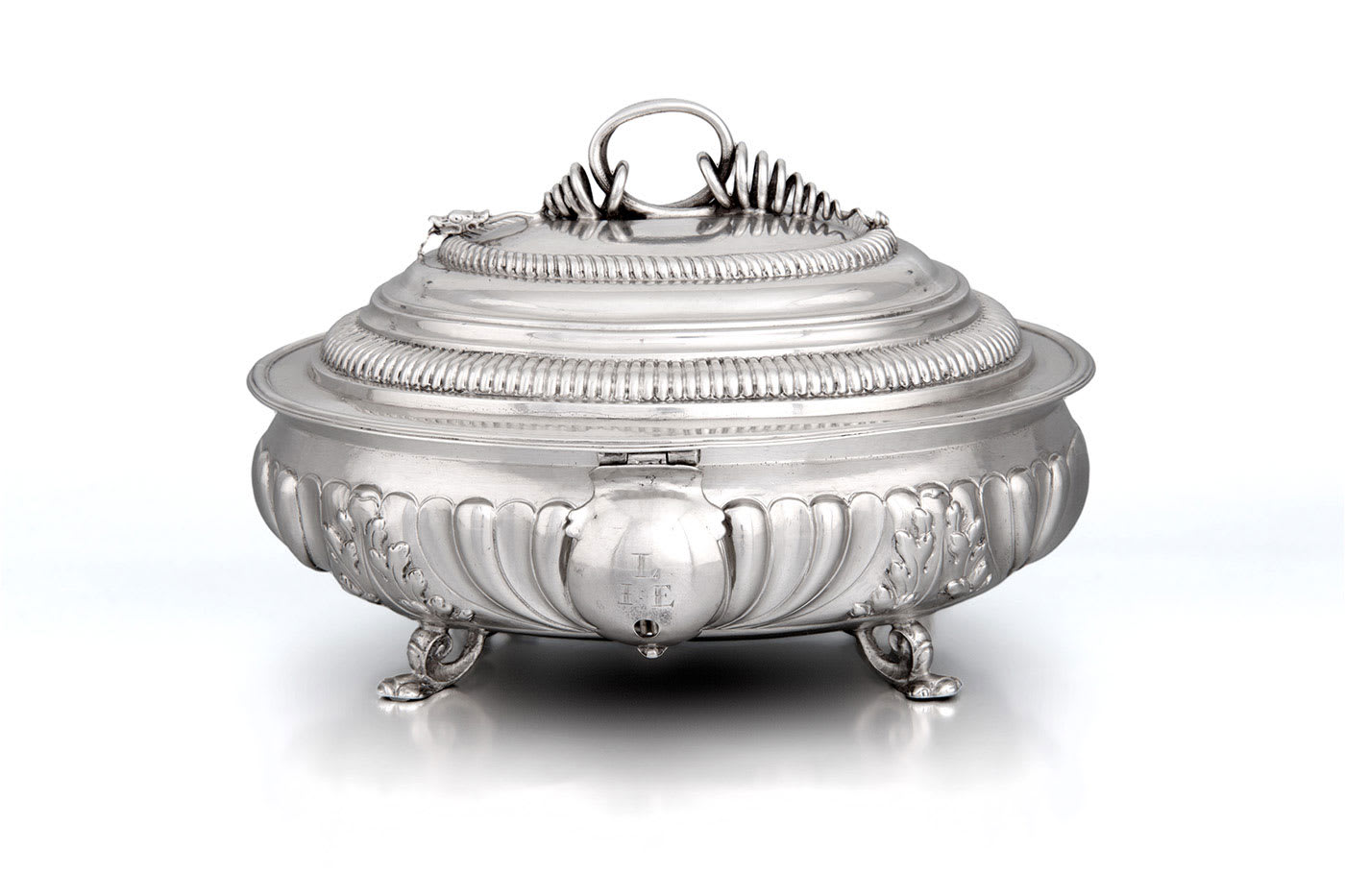
Sugar Box
“The shape of this sugar box was inspired by an Italian wedding chest — very sweet indeed!” — Janine Skerry, senior curator of metals
One of fewer than a dozen examples from America, this circa 1700 small lidded box from Boston silversmith John Coney was made to hold sugar when it was a precious and expensive luxury.
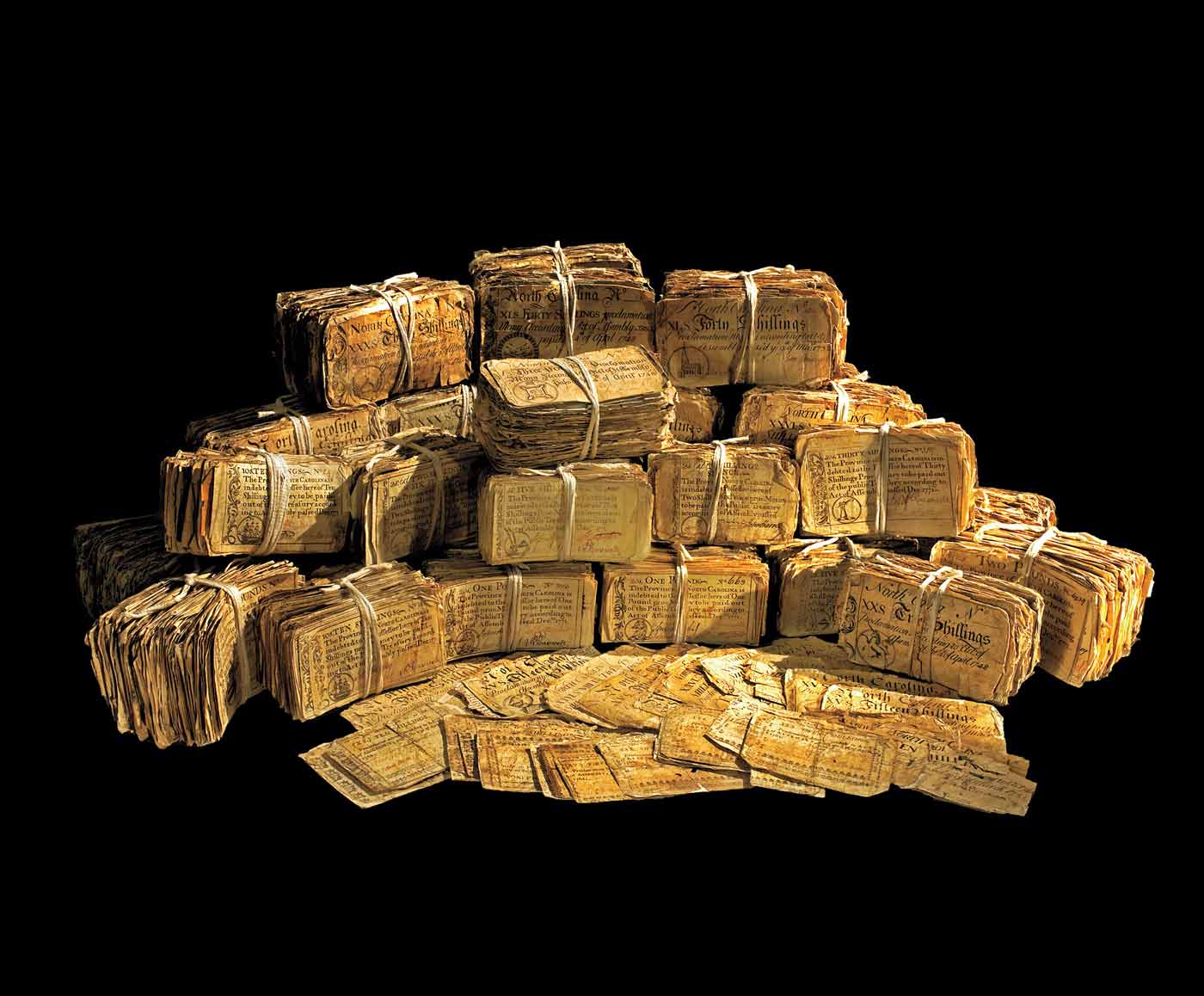
North Carolina Currency Hoard of Samuel Cornell
“The Cornell Hoard is definitely the coolest thing I ever flew home with in a backpack.” — Erik Goldstein, senior curator of mechanical arts and numismatics
Spanning six different emissions of North Carolina paper money from 1748 through 1771, what you see here was worth more than £7,000 at the time. Stretched end to end, all the pieces of paper in this collection would go from the Capitol to Chowning’s Tavern.
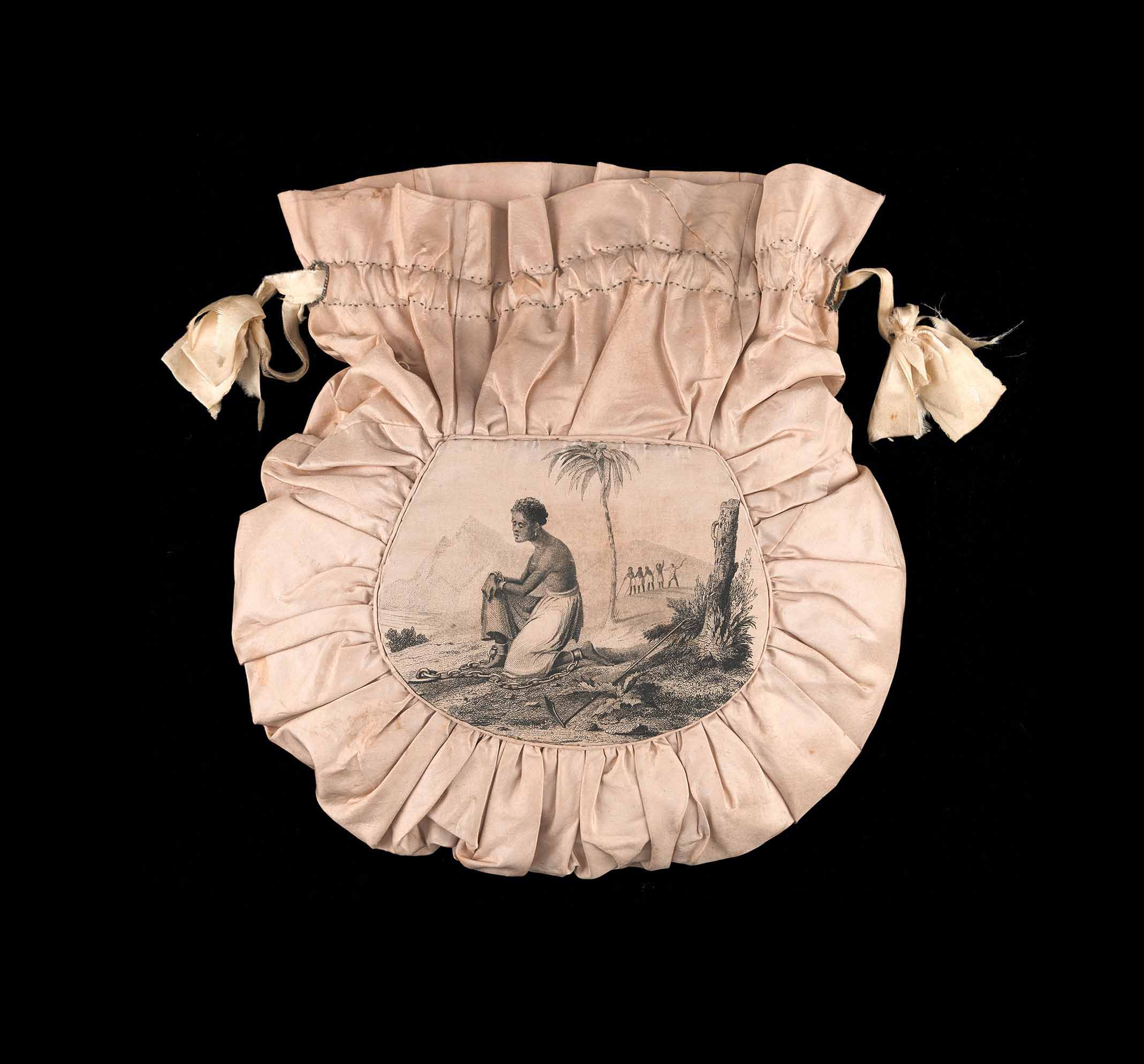
Workbag
“This small bag is a unique object showing how women participated in politics and worked to effect change.” — Neal Hurst, associate curator of costumes and textiles
Established in 1825, the Birmingham Female Society for the Relief of British Negro Slaves produced a variety of items for sale, including this workbag, to help raise awareness of the cruelty to enslaved Africans and provide money for their relief.
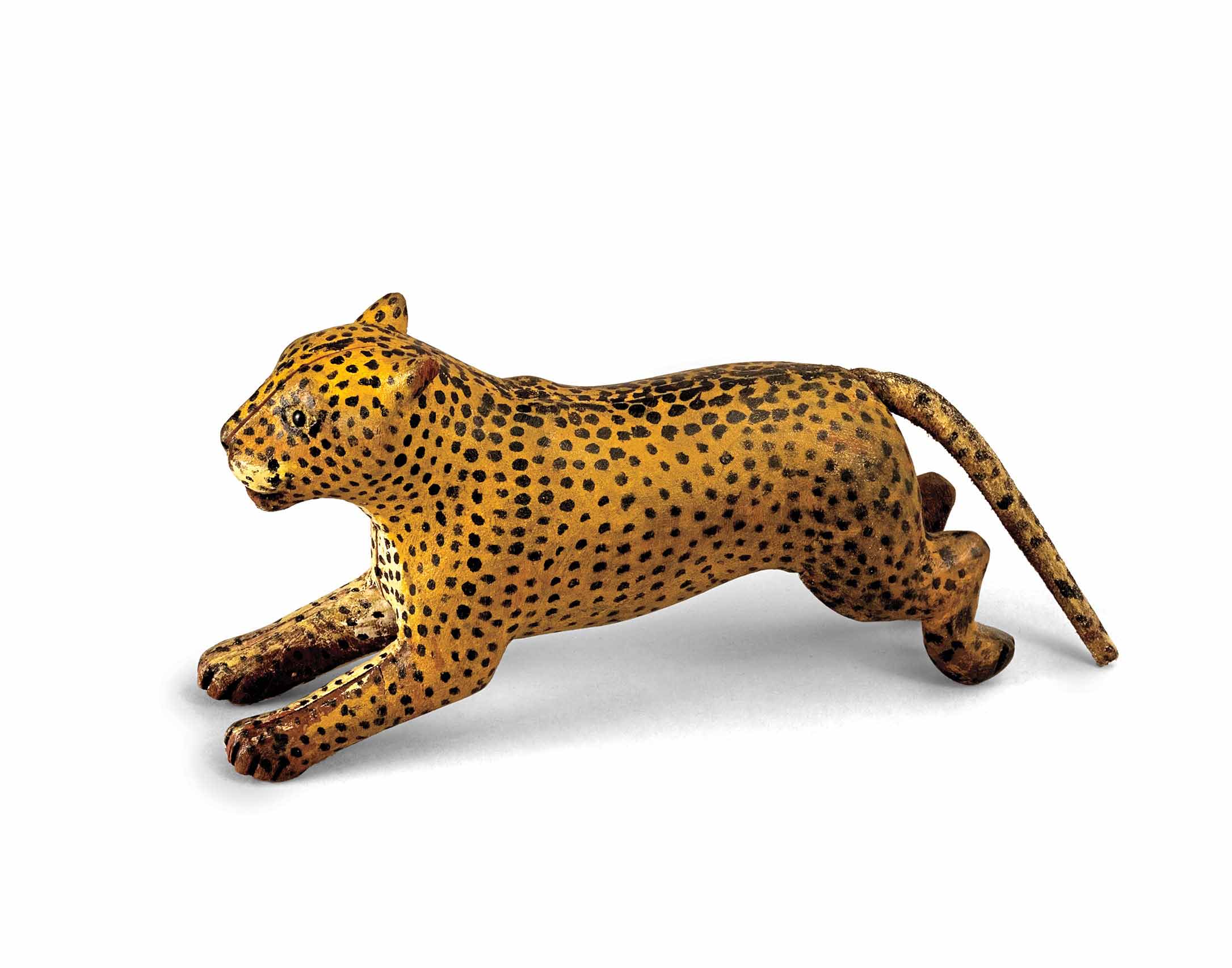
Leopard
“I imagine the delight this leopard would have brought to the child who got to play with it.” — Jan Gilliam, associate curator of toys
This carved wooden leopard, likely made in America, dates to the late 19th century. It is posed as if ready to leap, and the addition of metal eyes and leather tail to this wooden toy give the leopard a realistic yet playful look.
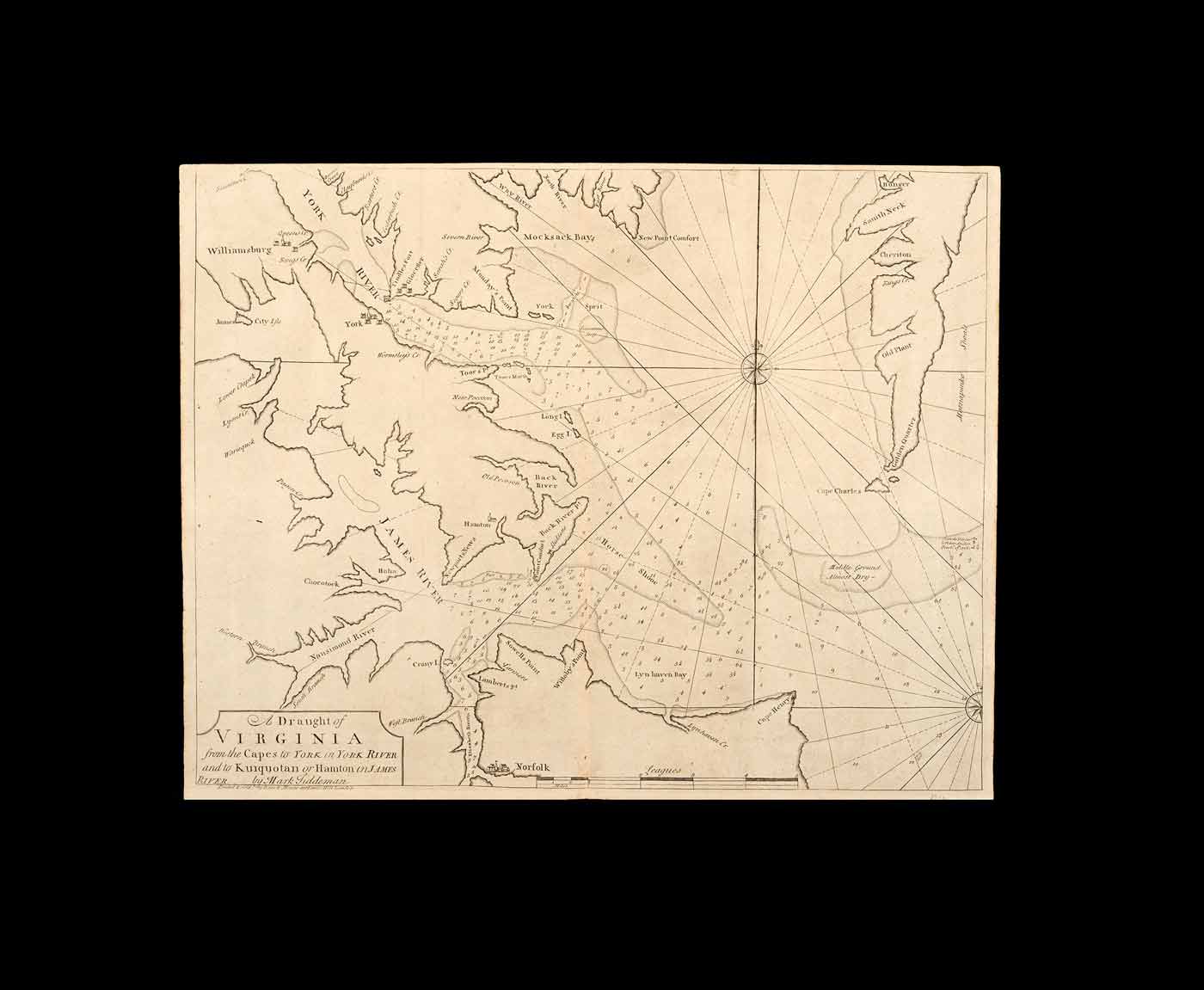
A Draught of Virginia
“This chart is about the soundings in Hampton Roads, but I also love its design, its sparseness and blank spaces.” — Katie McKinney, Margaret Beck Pritchard assistant curator of maps & prints
Mark Tiddeman was master of a royal naval ship that sailed to Hampton Roads from New York collecting data. The 1729 draft is the first detailed map of any one region in Virginia and the first published to show Williamsburg.
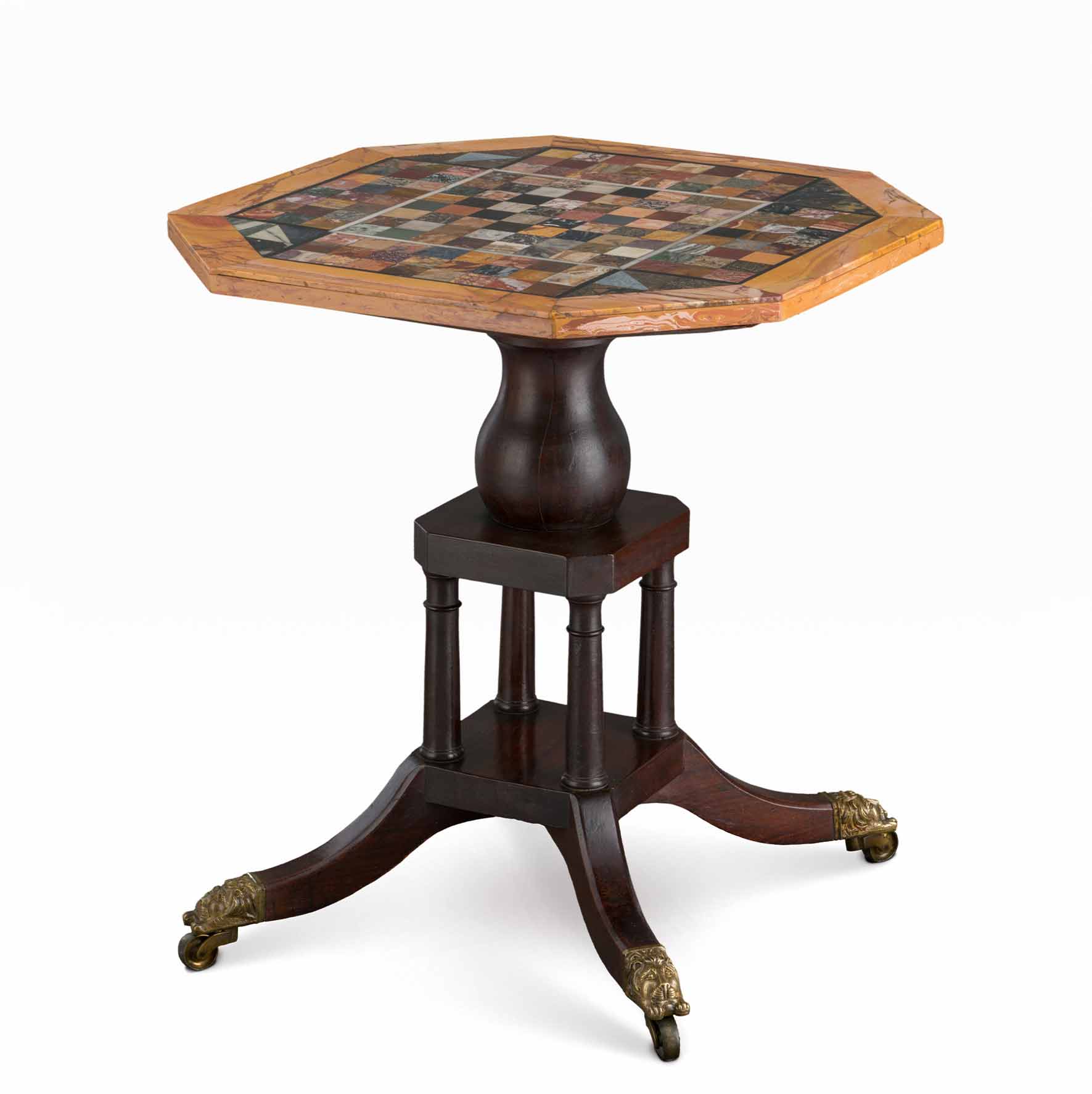
Marble Chess Table
“With its Italian top and New York-style Virginian base, this table shows the cosmopolitan view of a 19th-century Virginia family.” — Tara Chicirda, curator of furniture
John Hipkins Bernard acquired a heavy stone tabletop while in Italy in 1819. He had it shipped to his home in Port Royal, Virginia, where he commissioned a cabinetmaker to make a fashionable base. It became a cherished family piece.
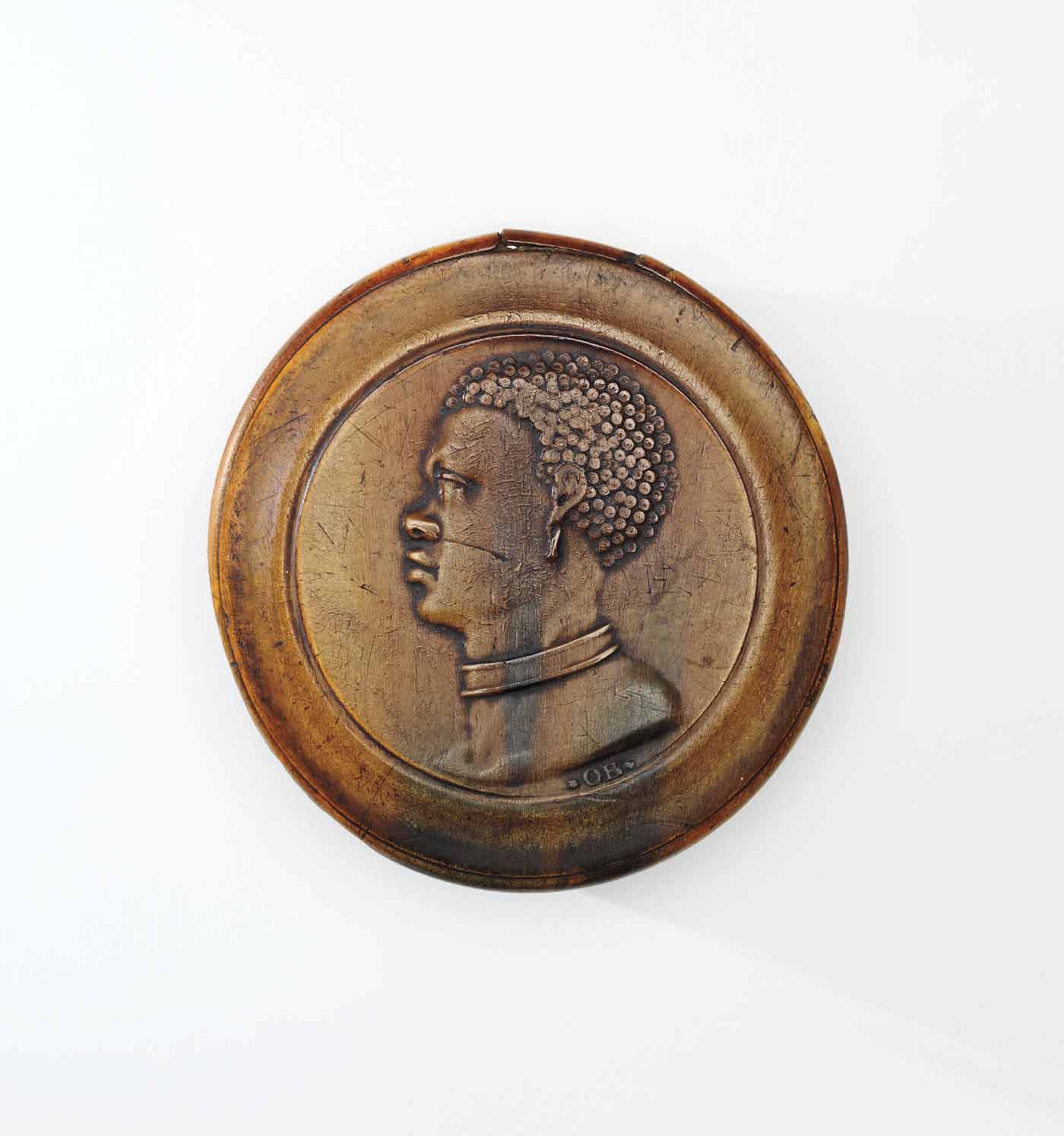
Snuff Box
“An enslaved man is depicted with a collar around his neck but so much is captured in his eyes — strength, determination, hope.” — Amanda Keller, associate curator of historic interiors and household accessories
We have four horn snuff boxes made by French Huguenot John Obrisset, but this is the only one showing the head of an enslaved individual. Made circa 1720, this box stands out among the others, which often depict English royalty.
